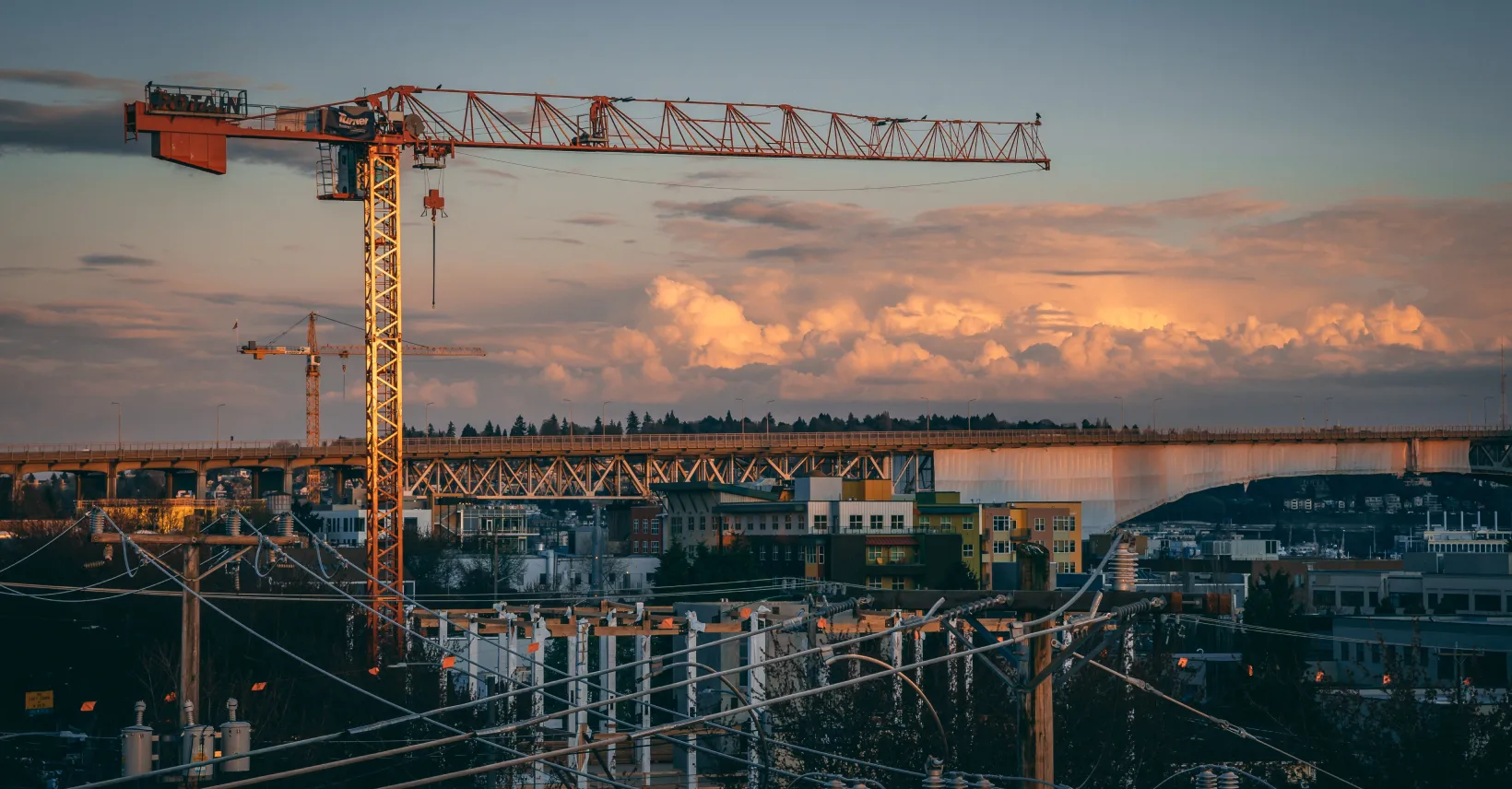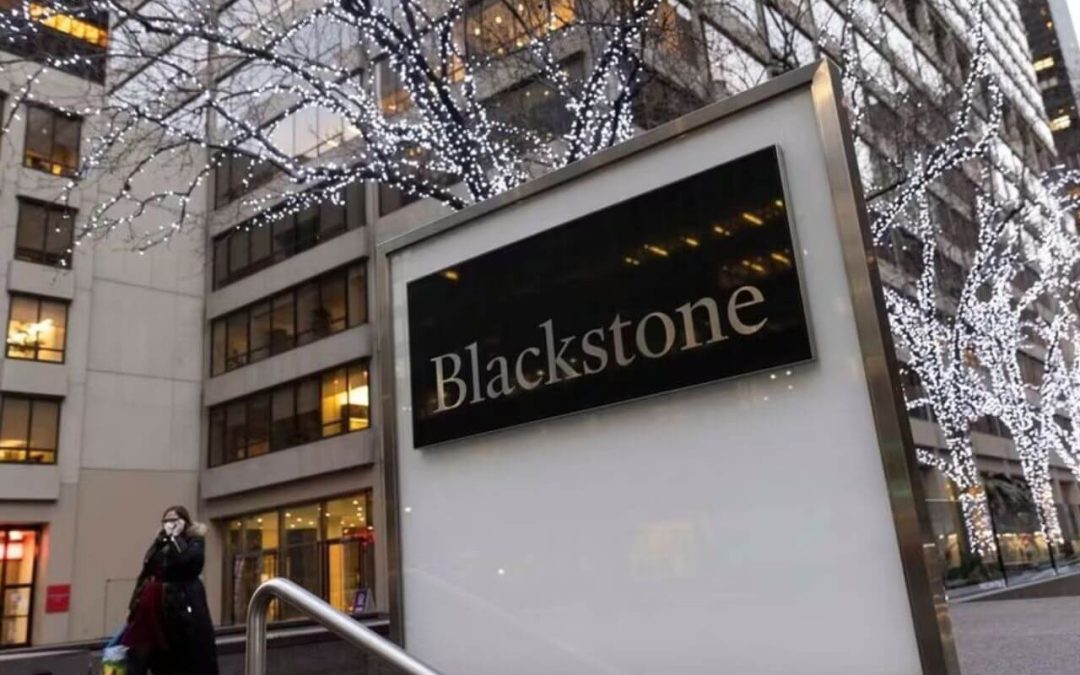In an era where urban regeneration often comes with a hefty price tag, developers are breaking the mold by transforming vacant urban sites at a fraction of the usual cost. The innovative approach to town regeneration is explored in a recent article by Adam Branson, shedding light on how developers are navigating budget constraints to breathe new life into neglected urban areas.
The Rise of Cost-Efficient Urban Regeneration:
Adam Branson’s article delves into the strategies employed by developers to revitalize vacant urban sites without breaking the bank. Traditional town regeneration projects have often been associated with significant financial investments, but a new wave of developers is demonstrating that cost-efficient solutions can yield impressive results.
Adaptive Reuse and Creative Design:
One key element of this budget-friendly regeneration trend is the emphasis on adaptive reuse and creative design. Rather than embarking on large-scale demolitions and rebuilds, developers are repurposing existing structures, breathing fresh life into neglected buildings. This approach not only preserves the character of the urban landscape but also significantly reduces project costs.
Community Engagement and Collaboration:
Successful town regeneration on a budget is not just about construction methods; it also involves fostering community engagement and collaboration. Developers are recognizing the importance of understanding the needs and aspirations of local communities, involving residents in the planning process, and creating spaces that truly serve the people living in the area. This community-centric approach not only enhances the social fabric of the regenerated spaces but can also lead to more sustainable and accepted developments.
Strategic Partnerships and Funding:
Branson’s article touches upon the role of strategic partnerships and innovative funding mechanisms in achieving cost-effective urban regeneration. Developers are exploring collaborations with local authorities, non-profit organizations, and private investors to pool resources and expertise. Creative funding solutions, such as crowdfunding and community investment initiatives, are being leveraged to supplement traditional financing models.
Opinion:
The shift towards cost-efficient town regeneration is a positive development in the urban planning landscape. It reflects a growing awareness among developers of the need to create sustainable, community-focused spaces without imposing excessive financial burdens. By prioritizing adaptive reuse, engaging with local communities, and exploring innovative funding models, developers are demonstrating a commitment to responsible urban development.
Conclusion:
Adam Branson’s exploration of town regeneration on a budget highlights a transformative trend in the world of urban development. As developers rethink traditional approaches and embrace cost-effective strategies, urban spaces are being revitalized in ways that benefit both the community and the broader urban landscape. This shift towards more sustainable, community-centric regeneration projects is a promising sign for the future of urban development, emphasizing the importance of creativity, collaboration, and responsible planning in shaping our cities.







Recent Comments